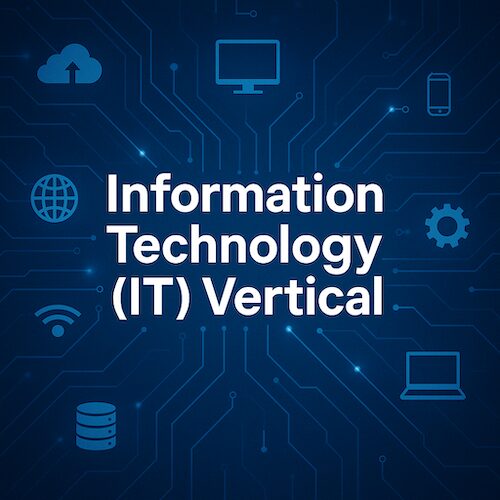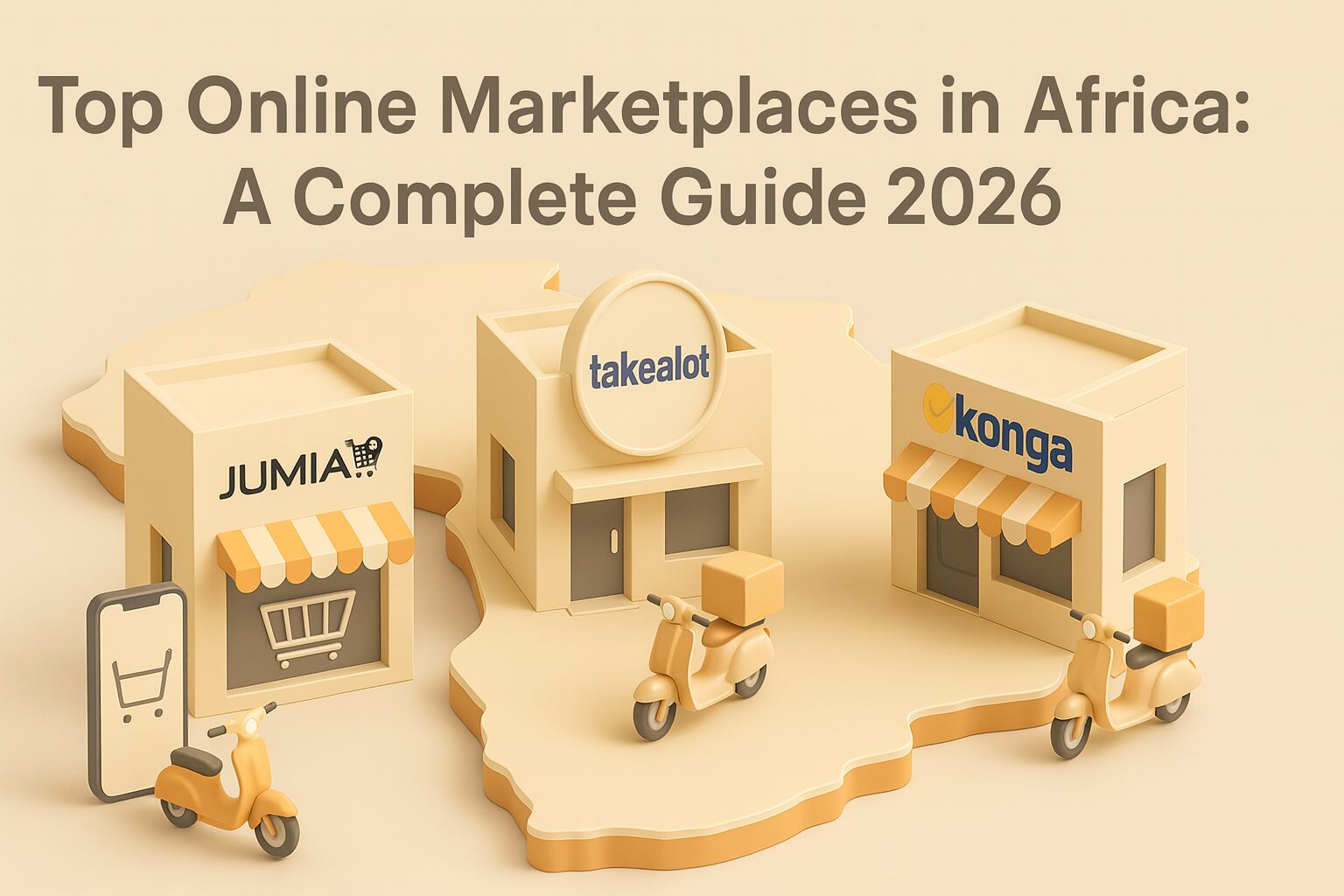What is the meaning of the Information Technology (IT) Vertical?
The Information Technology (IT) vertical refers to the **industry segment focused on computing technologies, digital infrastructure, software development, and data processing**. This vertical encompasses businesses that design, develop, implement, and support technology systems used across virtually all sectors of the economy. IT is a foundational enabler of innovation, automation, and digital transformation, making it one of the most dynamic and essential verticals globally.
What does the IT Vertical include?
The IT vertical spans a broad range of services, platforms, and infrastructure offerings, including:
- Software Development: Custom applications, enterprise software, mobile and web development
- IT Infrastructure: Servers, networking equipment, cloud computing, and storage solutions
- Systems Integration: Connecting and optimizing different IT systems across an organization
- Managed IT Services: Outsourced support, maintenance, and monitoring of IT systems
- Database Management: Storage, retrieval, and protection of data across platforms
- IT Consulting: Strategy development, technology planning, and digital transformation roadmaps
Why is the IT Vertical important?
The IT vertical is crucial because it **drives innovation, productivity, and efficiency** across all other industries. Key reasons for its importance include:
- Enables automation: Reduces human error and increases operational scalability
- Supports digital transformation: Empowers businesses to evolve and adapt through technology
- Fuels data-driven decisions: Powers analytics and business intelligence tools
- Facilitates global connectivity: IT infrastructure supports remote work, communication, and cloud access
How do companies operate in the IT Vertical?
Companies in this vertical may operate as product developers, service providers, or strategic partners. Common business models include:
- Software-as-a-Service (SaaS): Subscription-based platforms accessed over the web
- IT consulting firms: Providing specialized expertise and integration services
- Cloud service providers: Offering infrastructure (IaaS), platforms (PaaS), or software (SaaS)
- Hardware and networking companies: Delivering the backbone of digital operations
What challenges does the IT Vertical face?
Despite its rapid growth, the IT vertical faces several key challenges:
- Cybersecurity risks: Increased exposure to data breaches and ransomware attacks
- Talent shortages: High demand for skilled professionals in areas like cloud, AI, and cybersecurity
- Legacy system integration: Difficulties in updating or merging outdated technologies
- Cost pressures: Managing budgets while adopting rapidly evolving technologies
- Sustainability: Data centers and device manufacturing contribute to environmental impact
Which countries are leading in the IT Vertical and why?
Several countries are recognized globally for their leadership in IT due to **strong infrastructure, innovation ecosystems, and talent pipelines**:
- United States: Home to global tech giants (e.g., Apple, Microsoft, Google), advanced R&D, and Silicon Valley, the U.S. dominates in innovation and investment.
- India: A major IT outsourcing hub with world-class software engineering talent and a rapidly growing digital economy. Cities like Bengaluru and Hyderabad are known for IT exports and service delivery.
- China: A leader in hardware manufacturing, cloud platforms, and AI development. China is rapidly expanding its global IT influence through strategic investments and state-supported innovation.
- Estonia: A digital-first nation with e-Government systems, e-Residency programs, and blockchain integration. Estonia’s emphasis on digital identity and public-private collaboration makes it a role model in IT-enabled governance.
- Germany: Strong in industrial IT, automation, and enterprise software (e.g., SAP). Germany leads in smart manufacturing and industry 4.0 solutions.
Can you give an example of the IT Vertical in action?
A multinational logistics company partners with an IT service provider to implement a **real-time shipment tracking system** using IoT devices, cloud computing, and data analytics. The system improves visibility, reduces delays, and provides customers with accurate ETAs. Simultaneously, the IT firm ensures cybersecurity, compliance, and API integration with warehouse systems. This collaboration illustrates how the IT vertical enables digital transformation and operational efficiency across industries.
How does Waredock serve the IT Vertical?
Waredock supports the IT vertical by offering scalable and secure **fulfillment and warehousing solutions tailored to technology companies**. From handling consumer electronics and networking equipment to managing the kitting and distribution of enterprise hardware, Waredock ensures fast, accurate, and reliable logistics across Europe. For IT brands, startups, and B2B vendors, Waredock provides API-driven integrations, real-time inventory tracking, and flexible storage options that align with just-in-time and cross-border distribution models. This enables IT businesses to focus on innovation and customer service while Waredock takes care of the operational backend.



